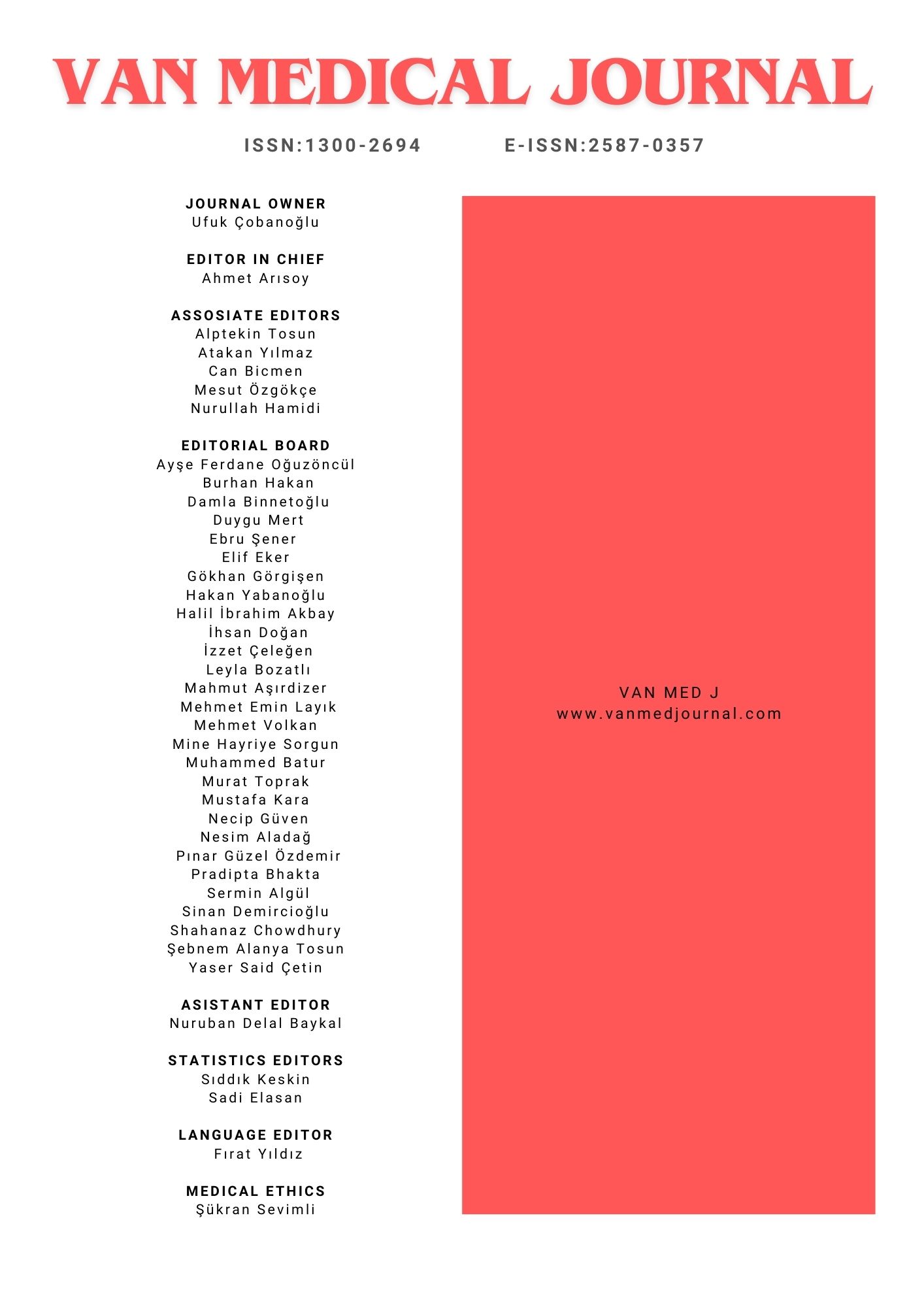Radiological Findings and Diagnostic Clues of Portal Biliopathy Secondary to Extrahepatic Portal Vein Thrombosis
Ahmet AkçayBezmialem Vakif University, Department Of RadiologyINTRODUCTION: Portal biliopathy (PB) refers to biliary strictures that develop as a result of chronic extrahepatic portal vein thrombosis (EHPVT), most commonly due to compression by collateral venous structures such as the epicholedochal and paracholedochal plexuses. On imaging, PB can mimic both benign and malignant biliary conditions, potentially leading to diagnostic uncertainty and unnecessary invasive procedures. Accurate radiologic recognition is essential for appropriate clinical management. This study aims to evaluate the radiologic and biochemical features of PB and identify imaging findings that may facilitate early and non-invasive diagnosis.
METHODS: This retrospective study included 15 patients clinically and radiologically diagnosed with PB secondary to chronic EHPVT between January 2018 and December 2024. Imaging was reviewed by an abdominal radiologist with 5 years of experience. Biliary changes, collateral vessel distribution, and lesion characteristics were evaluated using ultrasound, Doppler ultrasound, Computed Tomography (CT), and Magnetic Resonance Imaging (MRI). Biochemical parameters and clinical records were also assessed.
RESULTS: All patients had biliary strictures due to peribiliary collateral compression. Collateral types were varicoid in 8 (53.3%), fibrotic in 3 (20%), and mixed in 4 (26.7%). Two patients (13.3%) had MFPB with T1-weighted hyperintense, T2-weighted hypointense lesions showing delayed enhancement without diffusion restriction. ALP and GGT were elevated in 80% of cases; bilirubin in 46.7%. ERCP was performed in 5 patients (33.3%) for symptomatic relief; others were treated conservatively.
DISCUSSION AND CONCLUSION: PB can be identified by characteristic radiologic findings. Awareness of peribiliary collaterals and mass-forming changes is essential. Accurate imaging diagnosis may prevent unnecessary interventions and guide appropriate management.
Keywords: Portal biliopathy, Extrahepatic portal vein thrombosis, Mass-forming portal biliopathy, Biliary stenosis
Manuscript Language: English

